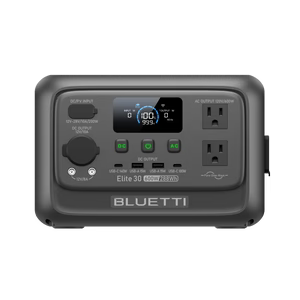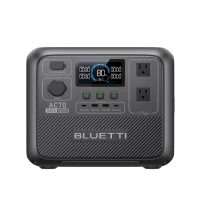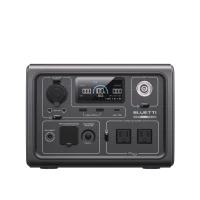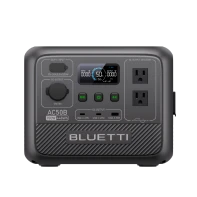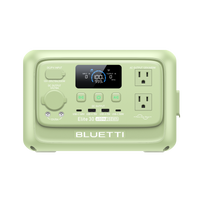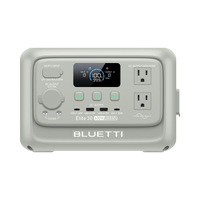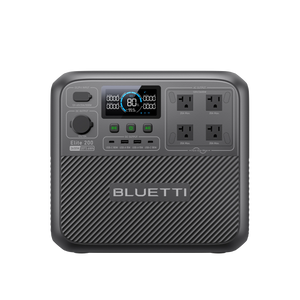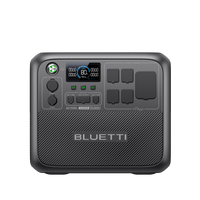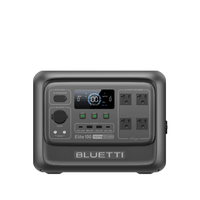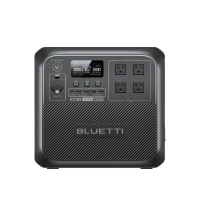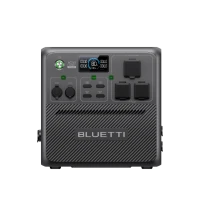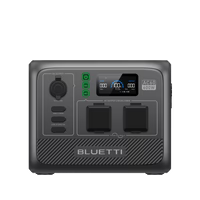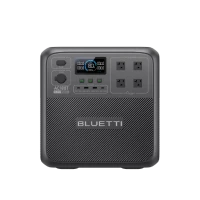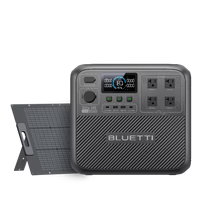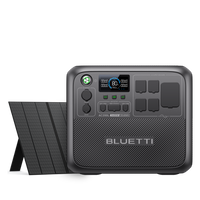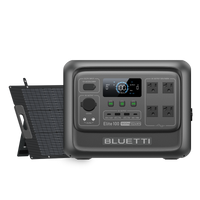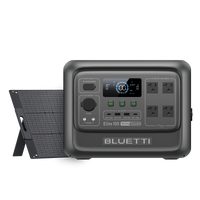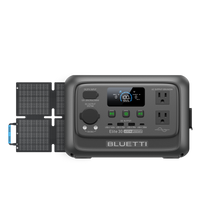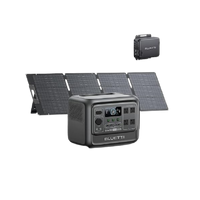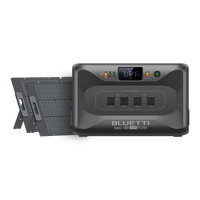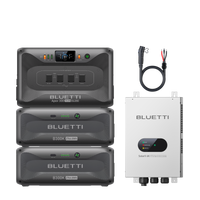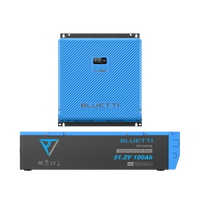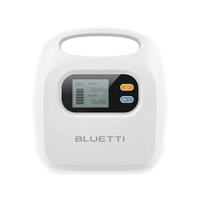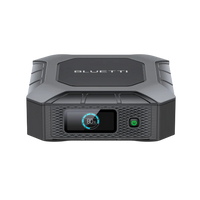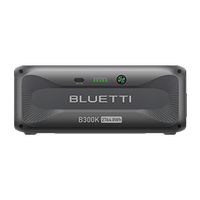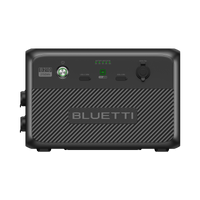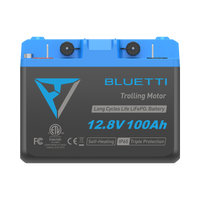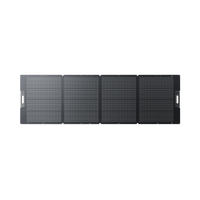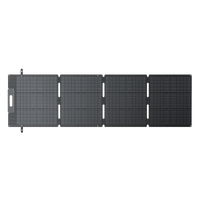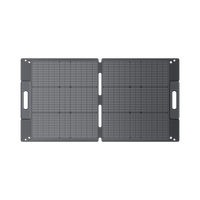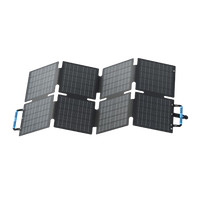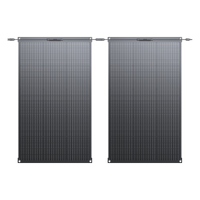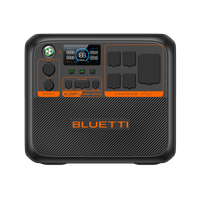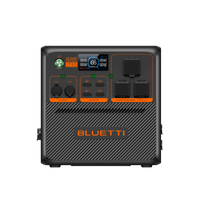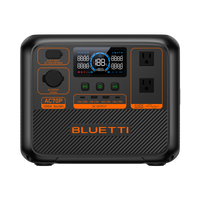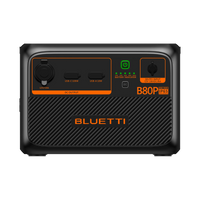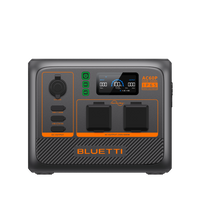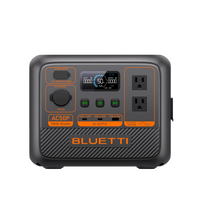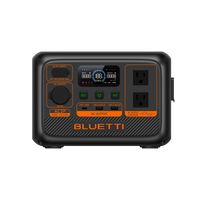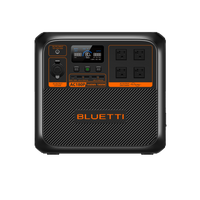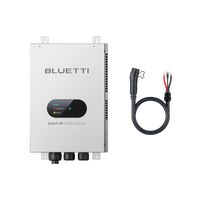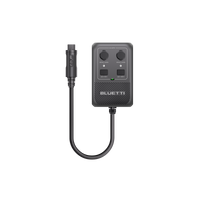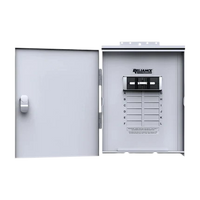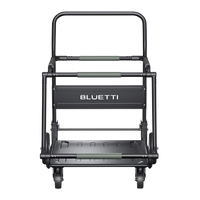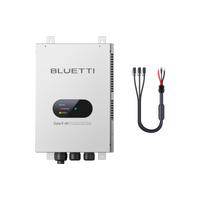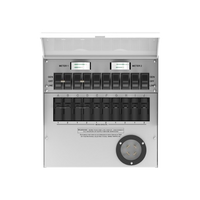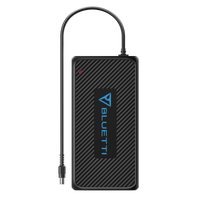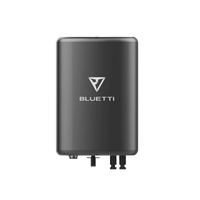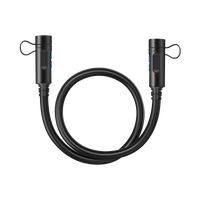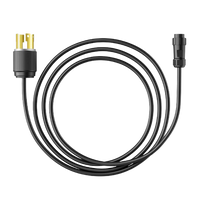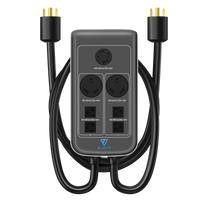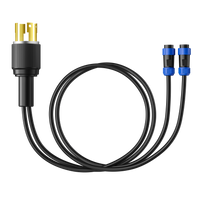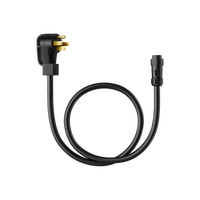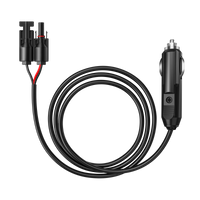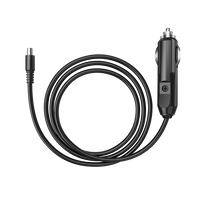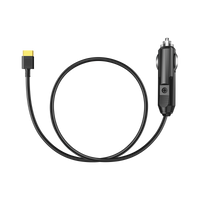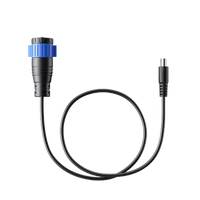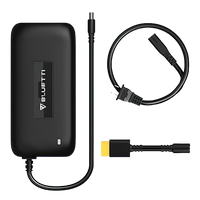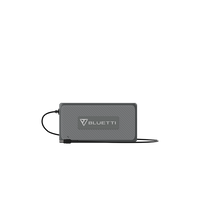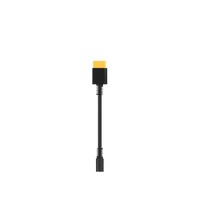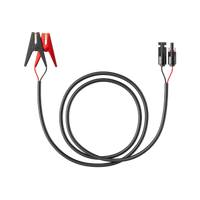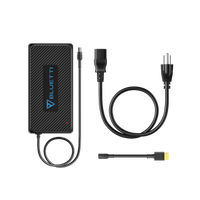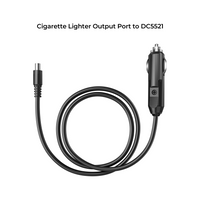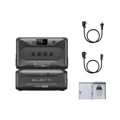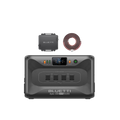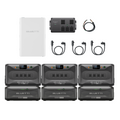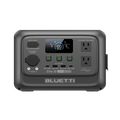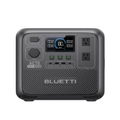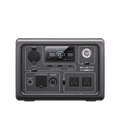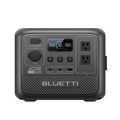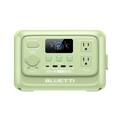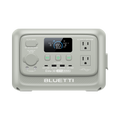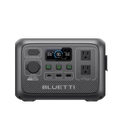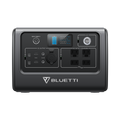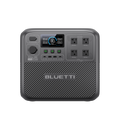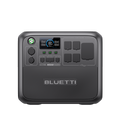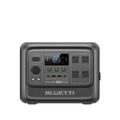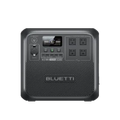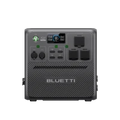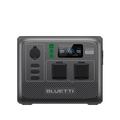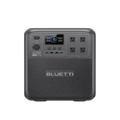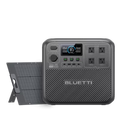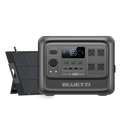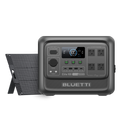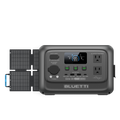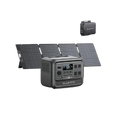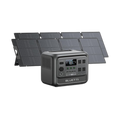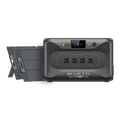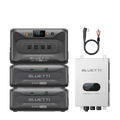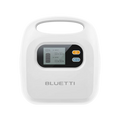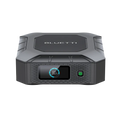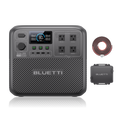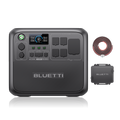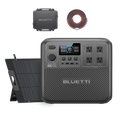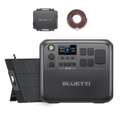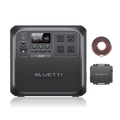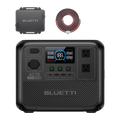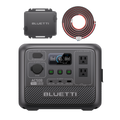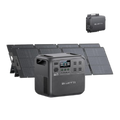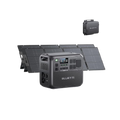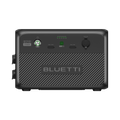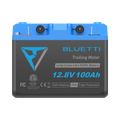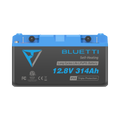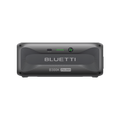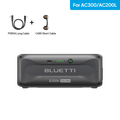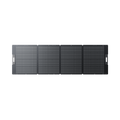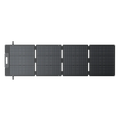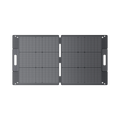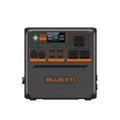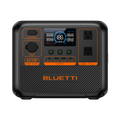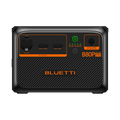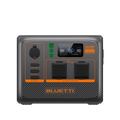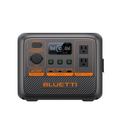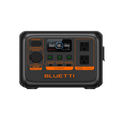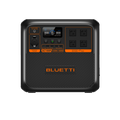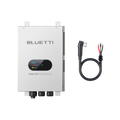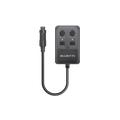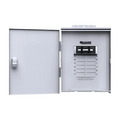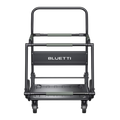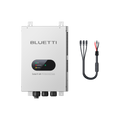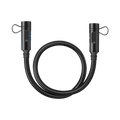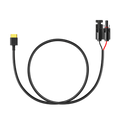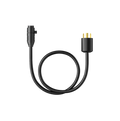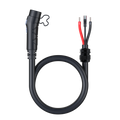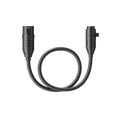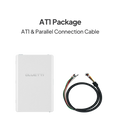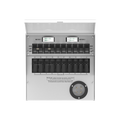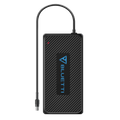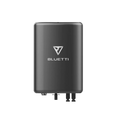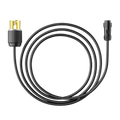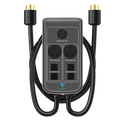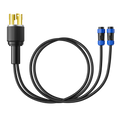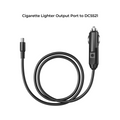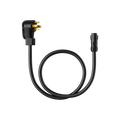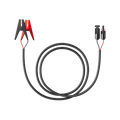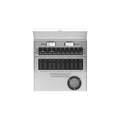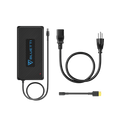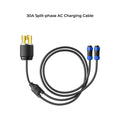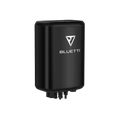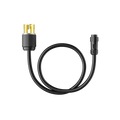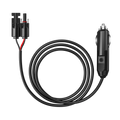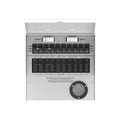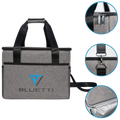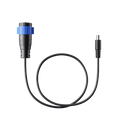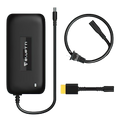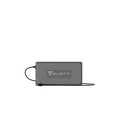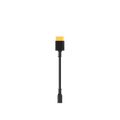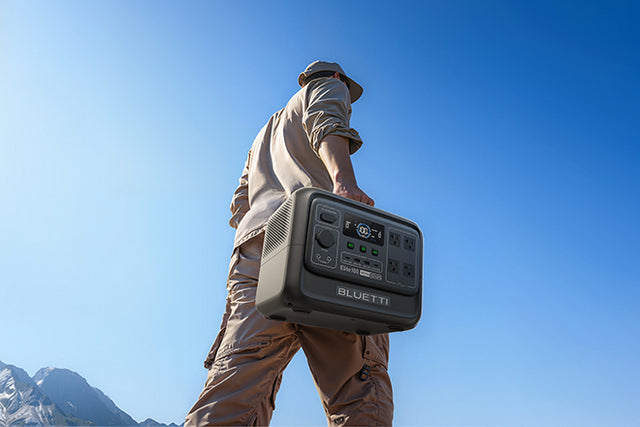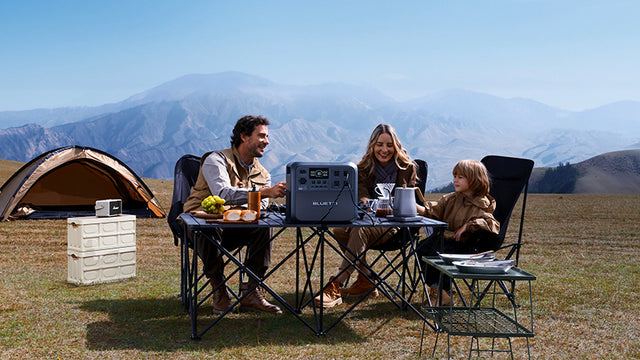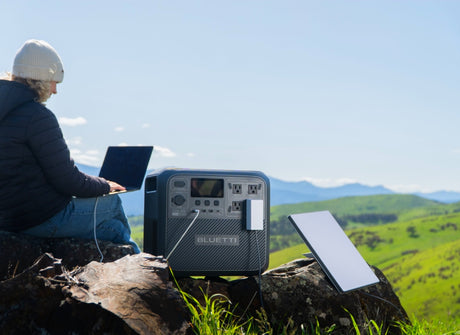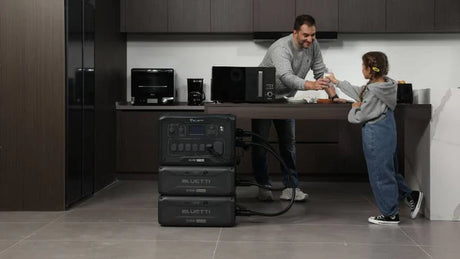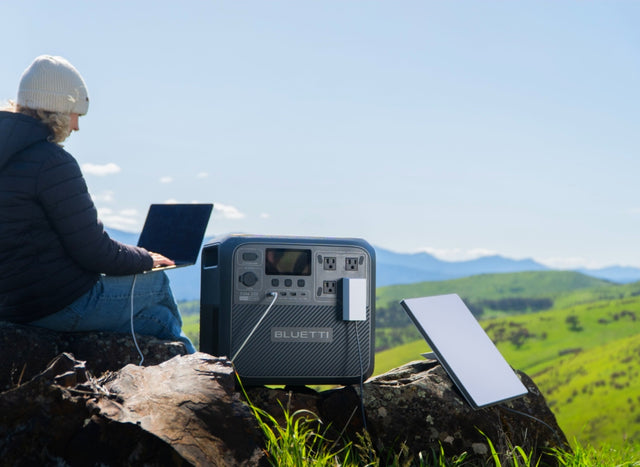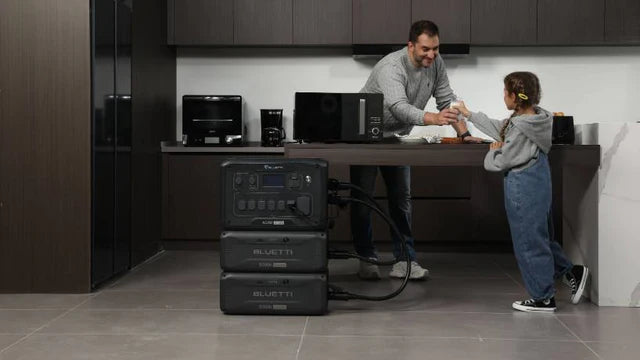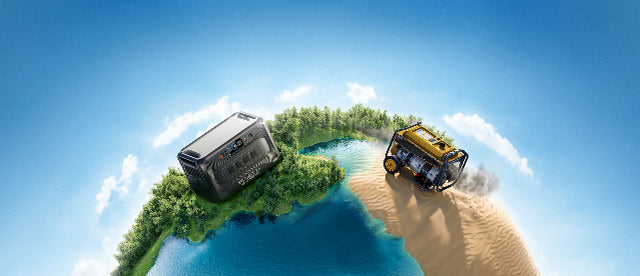Au Canada, pour les propriétaires, garder un sous-sol sec est une priorité absolue, surtout compte tenu des conditions météorologiques extrêmes que connaît notre pays. Entre les fortes pluies, la fonte des neiges et les pannes de courant fréquentes lors des tempêtes, il est essentiel de pouvoir garantir la sécheresse de votre sous-sol une fois la pluie passée. Parmi les solutions, on trouve la pompe de puisard avec batterie de secours, un équipement indispensable qui protège les fondations de votre maison contre les dégâts d'eau. Cependant, même la pompe de puisard la plus fiable peut tomber en panne, notamment en cas de coupure de courant. C'est pourquoi une pompe de puisard avec batterie de secours est indispensable.
Dans cet article, nous abordons tout ce que vous devez savoir sur les systèmes de batterie de secours pour pompes de puisard : leur utilité, leur fonctionnement, les causes des pannes de pompes de puisard et le dimensionnement de la batterie. Nous vous présenterons également les différents types d'équipements disponibles à l'achat, les options de recharge solaire et vous conseillerons sur l'installation et l'entretien optimaux. Grâce à ces informations, vous pourrez mieux protéger votre maison contre les dégâts des eaux.
Pourquoi vous avez vraiment besoin d'une batterie de secours pour votre pompe de puisard
Si vous possédez une pompe de puisard, une batterie de secours est absolument indispensable. De nombreuses maisons canadiennes sont exposées aux risques d'inondation pour diverses raisons, notamment l'intensification des phénomènes météorologiques extrêmes, le vieillissement des infrastructures et les changements climatiques. Les risques d'inondation des sous-sols augmentent. Deux maisons canadiennes sur dix sont menacées d'inondation. Cela peut représenter un problème majeur, surtout en période de fortes pluies ou de fonte des neiges, lorsque les systèmes d'évacuation peuvent être saturés et que l'eau peut s'infiltrer dans votre sous-sol.
Le risque d'inondation des sous-sols au Canada

Ces dernières décennies, le Canada a connu des tempêtes plus fréquentes et plus intenses. Les inondations constituent la catastrophe naturelle la plus répandue au pays : selon Sécurité publique Canada, 80 % des localités canadiennes ont été construites en partie sur des plaines inondables et 10 % des habitations sont considérées comme présentant un risque élevé d’inondation. Chaque année, les inondations causent environ 2 milliards de dollars de dommages aux habitations, ce qui en fait la catastrophe naturelle la plus coûteuse. Statistique Canada a rapporté qu’entre 2017 et 2020, près d’un quartier canadien sur dix (9,3 %) a été touché par des inondations. 41 % ont subi plusieurs inondations au cours de cette période.Les réparations d'un sous-sol inondé coûtent cher, dépassant souvent 40 000 $.
Lorsqu'une telle situation se produit, l'eau peut détruire des biens tels que des meubles et des objets personnels, et même déformer la structure de la maison. Les vents violents qui accompagnent ces intempéries sont souvent accompagnés de coupures de courant. Lors des pires tempêtes, le courant peut être coupé pendant des heures, voire des jours, exposant ainsi les propriétaires à des inondations de sous-sol. Sans électricité, votre pompe de puisard est inutilisable. C'est là qu'une batterie de secours pour votre pompe de puisard peut s'avérer cruciale, permettant à votre pompe de continuer à fonctionner lorsque cela est absolument nécessaire.
Que se passe-t-il lorsqu'une pompe de puisard tombe en panne ?
Sans batterie de secours pour votre pompe de puisard, vous vous retrouvez sans électricité. Les coupures de courant étant fréquentes lors de fortes tempêtes, vous avez probablement déjà constaté que lorsque la pompe de puisard est indispensable, le courant est coupé. Des problèmes mécaniques, comme un interrupteur à flotteur défectueux ou un tuyau d'évacuation bouché, peuvent empêcher la pompe de fonctionner. Ces problèmes, conjugués aux risques élevés d'inondation pendant une tempête, peuvent causer de graves dommages à votre maison et à vos biens.
En cas de panne de courant, votre pompe s'arrête, même pendant une inondation.
L'un des problèmes les plus critiques dans une maison située en zone inondable survient lorsque la pompe de puisard s'arrête en raison d'une panne de courant. Pour de nombreux propriétaires canadiens, la pompe de puisard constitue la première ligne de défense contre les inondations. Or, en cas de panne de courant, la pompe ne fonctionne plus. L'eau remonte alors par le puisard et se répand partout. Si ce type de fuite persiste, il peut causer des dommages importants aux murs, aux planchers et à votre propriété..
Une batterie de secours pour pompe de puisard constitue un filet de sécurité en cas de panne de courant, car elle permettra à votre pompe de continuer à fonctionner, évitant ainsi que votre sous-sol ne soit exposé aux inondations et votre maison aux dommages.
Coût des dommages
Le coût des réparations suite à une inondation peut atteindre des milliers de dollars. Par exemple, les réparations du sol, des cloisons sèches et de l'isolation peuvent s'avérer coûteuses, surtout si des moisissures se développent dans cet environnement humide. Non seulement leur élimination est onéreuse, mais les moisissures peuvent également être dangereuses pour la santé. Vos effets personnels, tels que vêtements, meubles et appareils électroniques, peuvent être détruits. Investir dans une batterie de secours pour votre pompe de puisard pourrait être un investissement judicieux pour vous éviter des frais de réparation importants au sous-sol et vous épargner la perte de biens endommagés par l'eau.
Comment fonctionne une pompe de puisard à batterie de secours ?

Un système de batterie de secours pour pompe de puisard se déclenche automatiquement lorsque votre pompe principale tombe en panne ou en cas de coupure de courant. Ce système se fixe à votre pompe existante et est facile à installer. Il fonctionne automatiquement en cas de panne de courant ou de défaillance de votre pompe principale.
Qu'est-ce qu'un système de sauvegarde ?
Un système de secours, généralement une batterie ou une station d'alimentation, alimente la pompe en électricité en cas de panne de courant. Certains systèmes fonctionnent en courant continu (CC) ; d'autres sont hybrides (CA/CC), ce qui leur permet de fonctionner sur le réseau électrique ou sur batterie.
En cas de panne de courant, le système de batterie de secours prend le relais et alimente votre pompe de puisard pour évacuer l'eau du sous-sol. Cela permet d'éviter les inondations, même si le courant n'est rétabli que plusieurs heures plus tard.
Composants dont vous aurez besoin
Les éléments de base d'un système de batterie de secours pour pompe de puisard sont les suivants :
-
Batterie ou centrale électrique : une batterie ou une centrale électrique est l’élément essentiel qui fournit de l’énergie en cas de panne de courant. Il peut s’agir d’une batterie lithium-ion ou d’une batterie au plomb, la première étant plus efficace et ayant une durée de vie plus longue.
-
Système de contrôle et d'alarme : Cette fonction permet de surveiller les performances du système. Elle comprend généralement un système d'alarme qui vous avertit en cas de problème avec le groupe électrogène ou si la batterie est faible.
-
Interrupteur à flotteur : Cet interrupteur active et désactive la pompe de puisard lorsque l’eau pénètre dans le puisard. Il est essentiel au bon fonctionnement du système.
-
Panneaux solaires portables (en option) : Si vous souhaitez améliorer la durabilité et l’autonomie de votre système de secours de pompe de puisard, certains systèmes proposent des panneaux solaires qui peuvent être utilisés pour recharger la batterie grâce à l’énergie solaire.
Causes fréquentes de défaillance d'une pompe de puisard

Il existe de nombreuses raisons pour lesquelles votre pompe de puisard peut tomber en panne. Si comprendre les causes de ces pannes peut vous permettre d'anticiper et de résoudre les problèmes potentiels, l'essentiel est de s'assurer que le système de batterie de secours de votre pompe de puisard est prêt à fonctionner correctement.
Panne de courant
Une pompe de puisard nécessite un flux constant de courant alternatif (CA) pour faire fonctionner son moteur. En cas de coupure de courant, le circuit électrique de la pompe est interrompu et le moteur s'arrête. La pompe ne recevant plus la puissance mécanique générée par le moteur pour faire tourner l'hélice, il n'y a plus d'aspiration ni de différence de pression, ce qui l'empêche d'aspirer et d'évacuer l'eau du puisard.
Pompe sous-dimensionnée
Les performances d'une pompe de puisard sont généralement mesurées par son débit, exprimé en gallons par minute (GPM) ou en litres par heure (LPH), et par la hauteur de refoulement. Si l'eau s'écoule dans le puisard plus vite que la pompe ne peut l'évacuer, cette dernière sera inefficace.Ce déséquilibre hydraulique entraîne une montée constante du niveau d'eau qui finit par submerger le système et provoquer une inondation du sous-sol, même si sa pompe fonctionne.
Interrupteur à flotteur bloqué
Le flotteur sert à la fois de capteur mécanique et d'interrupteur électrique. Il est généralement équipé d'un interrupteur à mercure interne ou d'un mécanisme équivalent qui ouvre ou ferme un circuit selon la position du flotteur ou de la palette, laquelle varie en fonction du niveau d'eau lorsque le flotteur ou la palette monte ou descend. Si des débris, des sédiments ou un autre problème mécanique empêchent le flotteur de remonter librement jusqu'au niveau d'activation, le circuit électrique reliant le moteur de la pompe ne se ferme pas. La pompe ne reçoit alors aucun signal de fonctionnement et l'eau remonte dans la fosse.
Vieillesse ou rouille
Lors d'un fonctionnement prolongé, les composants mécaniques d'une pompe de puisard, tels que les roulements, les turbines et les enroulements du moteur, sont soumis à des frottements, des vibrations constantes et une fatigue thermique. L'eau et l'humidité favorisent la corrosion des métaux et contribuent à la dégradation de l'isolation électrique. Cette dégradation augmente la résistance, diminue le rendement, voire provoque la panne de certaines pièces. e.g…, un moteur bloqué, une turbine cassée, ce qui peut finalement entraîner l’arrêt de la pompe ou une diminution de sa capacité de déplacement d’eau.
Conduites d'évacuation obstruées
Le tuyau d'évacuation sert à acheminer l'eau de la pompe de puisard, généralement vers l'extérieur. Lorsque des débris – des obstacles importants comme des sédiments, du gravier, voire de la glace par temps froid – s'y logent, ils bloquent la circulation de l'eau. Cela crée une contre-pression que la pompe ne peut pas dépasser, empêchant ainsi l'eau de s'écouler. L'eau piégée par le clapet retourne alors dans le puisard ou peut provoquer un fonctionnement à vide de la pompe, entraînant un débordement du puisard dans le sous-sol.
Signes avant-coureurs à surveiller
Repérer les signes suivants indiquant une défaillance de la pompe à eau vous aidera à éviter d'endommager votre pompe.
-
Fonctionnement continu : Une pompe de puisard qui fonctionne en permanence, même lorsqu’elle ne devrait rien pomper, peut indiquer un problème avec le flotteur ou un autre souci.
-
Absence de débit d'eau : Si la pompe fonctionne mais ne refoule pas d'eau, vérifiez s'il y a un blocage ou un problème mécanique.
-
Bruits ou vibrations inhabituels : des bruits ou des vibrations inhabituels sont généralement le signe d’un problème avec le moteur de la pompe ou une autre pièce de celle-ci.
-
La pompe ne démarre pas : si la pompe ne démarre pas, la cause peut être un problème mécanique, tel qu’une turbine bloquée ou un joint défectueux, un interrupteur à flotteur bloqué ou un problème électrique.
De quelle puissance votre système de secours a-t-il besoin ?
Pour que votre système de secours par batterie pour pompe de puisard fonctionne correctement, il est important de connaître les besoins en énergie de votre pompe. De plus, le système de secours doit être capable de fournir suffisamment d'énergie pour maintenir la pompe en fonctionnement en cas de panne de courant.
Dimensionner votre solution d'alimentation
La taille de votre système de sauvegarde La puissance requise variera en fonction de la puissance (en chevaux) et des besoins en énergie de votre pompe de puisard. Le système doit pouvoir supporter la puissance nominale et la puissance de pointe nécessaires au démarrage de la pompe. Voici un guide indicatif pour choisir la meilleure solution de secours en fonction de la taille de votre pompe :
-
Pompe de 1/3 CV : consomme environ 800 W en fonctionnement et environ 2 900 W au démarrage. Un onduleur de 2 500 W est recommandé.
-
Pompe de 0,5 CV : nécessite environ 1 050 watts en fonctionnement et 1 520 watts au démarrage. Un convertisseur de 4 000 W est recommandé.
Combien de temps une centrale électrique peut-elle faire fonctionner une pompe de puisard ?
L'autonomie de la batterie de secours de la pompe de puisard dépendra de la capacité de la centrale électrique et de la taille de la pompe.Par exemple:
-
BLUETTI AC180 Avec une capacité de 1152 Wh, on peut alimenter une pompe à eau de 1/3 CV pendant environ 1,1 heure.
-
Pendant 2,3 heures, le BLUETTI AC200L avec une capacité de 2048 Wh, elle peut également alimenter la même pompe.
-
BLUETTI Apex 300, ayant une capacité de 2764,8 Wh, peut fonctionner pendant environ 3 heures.
Les unités plus grandes comme l'Apex 300 + 6×B300K (19 353,6 Wh) peuvent durer des jours, en fonction de la taille de la pompe et du débit d'eau.
Comment choisir la bonne solution de sauvegarde
Plusieurs éléments sont à prendre en compte lors du choix d'une batterie de secours pour votre pompe de puisard. Assurez-vous de sélectionner la solution la mieux adaptée à votre situation et qui garantit le bon fonctionnement de votre pompe, même en cas de panne de courant.
Éléments à prendre en compte lors du choix d'une pompe de secours ou d'une centrale électrique
Voici quelques-uns des aspects les plus importants à prendre en compte :
-
Types de batteries : Les batteries lithium-ion sont privilégiées, mais comparons-les également aux batteries au plomb-acide. Les batteries lithium-ion compactes offrent de meilleures performances, une durée de vie plus longue et sont légères.
-
Assistance en cas de surtension : assurez-vous que le système de secours est capable de fournir la puissance de surtension nécessaire au démarrage de la pompe.
-
Facilité d'installation : recherchez un système de sauvegarde facile à installer ou offrant une assistance professionnelle à l'installation.
-
Alarme intelligente &et Surveillance par application : Bien qu’il n’existe pas de « systèmes Wi-Fi » à proprement parler, de nombreux systèmes sont désormais compatibles Wi-Fi ou proposent des alarmes intelligentes (vous permettant ainsi de surveiller votre système de sécurité via votre téléphone).
-
Portabilité : Lorsque vous avez besoin d'une solution de secours en déplacement, à quel point votre solution de secours idéale doit-elle être flexible et mobile ?
Meilleures options de stations d'alimentation portables

Si vous recherchez un chargeur de voiture pour la batterie de secours de votre pompe de puisard, vous pouvez envisager les options suivantes :
-
BLUETTI AC180 : Unité compacte d’une capacité de 1152 Wh et d’une puissance de 1800 W pour une utilisation plus restreinte.
-
BLUETTI AC200L : Modèle de milieu de gamme, capacité de 2048 Wh avec une puissance de 2400 W, idéal pour une autonomie moyenne.
-
BLUETTI Apex 300 + B300K : Des fonctionnalités haute capacité extensibles jusqu’à 58 kWh et une protection optimale pour les pannes de courant prolongées ou les grandes maisons.
Recharge solaire pour votre système de secours
Recharger la batterie de secours de votre pompe de puisard à l'aide de panneaux solaires est une excellente façon de garantir son fonctionnement optimal même en cas de coupures de courant prolongées. Recharger votre système de secours avec des panneaux solaires est une solution écologique et renouvelable. Le BLUETTI Apex 300 est compatible avec la recharge solaire grâce à une puissance d'entrée allant jusqu'à 2 400 W, extensible avec l'ajout de panneaux supplémentaires enregistrés lors de la procédure de qualification.
Installation &et conseils d'entretien

L'installation et l'entretien corrects de votre batterie de secours pour pompe de puisard sont essentiels pour son bon fonctionnement lorsque vous en aurez besoin.
Installez-le correctement
L'emplacement de la batterie de secours de la pompe de puisard doit être proche de votre puisard. Vérifiez l'emplacement du flotteur et assurez-vous que votre système n'est pas exposé aux intempéries. Vérifiez que la tuyauterie de la pompe est bien étanche et que le clapet anti-retour est correctement installé.
Entretenez-le régulièrement
Pour que la batterie de secours de votre pompe de puisard fonctionne de manière optimale, un entretien régulier est indispensable. Testez le système tous les mois, nettoyez fréquemment le flotteur et le puisard, et assurez-vous de la bonne charge de la batterie.
FAQ
Combien de temps dure la batterie de secours de la pompe de puisard en cas de panne de courant ?
L'autonomie d'une batterie de secours pour pompe de puisard dépend de la taille de la pompe et de la capacité de la station d'alimentation. En général, une pompe de 1/3 CV peut fonctionner de 1 à 3 heures, selon la batterie de secours.
Puis-je installer moi-même une batterie de secours pour ma pompe de puisard ?
Oui, la conception des systèmes de batteries de secours pour pompes de puisard est pensée pour une installation par les particuliers. Pour les systèmes plus complexes (ou plus volumineux qu'un ensemble d'enceintes de bibliothèque standard), il est conseillé de faire appel à un professionnel pour évaluer votre installation électrique complexe.
Quel est le meilleur type de batterie pour une pompe de puisard de secours ?
Les batteries lithium-ion sont supérieures aux batteries au plomb-acide car elles sont non seulement plus légères, mais aussi plus durables et offrent une charge plus efficace.
Comment savoir si ma pompe de puisard a besoin d'une batterie de secours ?
Si vous habitez dans une région sujette aux coupures de courant fréquentes ou aux tempêtes fréquentes, une batterie de secours pour votre pompe de puisard devient nécessaire pour assurer son fonctionnement lorsque vous en avez le plus besoin.
Puis-je recharger mon système de secours avec des panneaux solaires ?
Oui, de nombreux systèmes de batteries de secours pour pompes de puisard fonctionnent avec la charge solaire.






